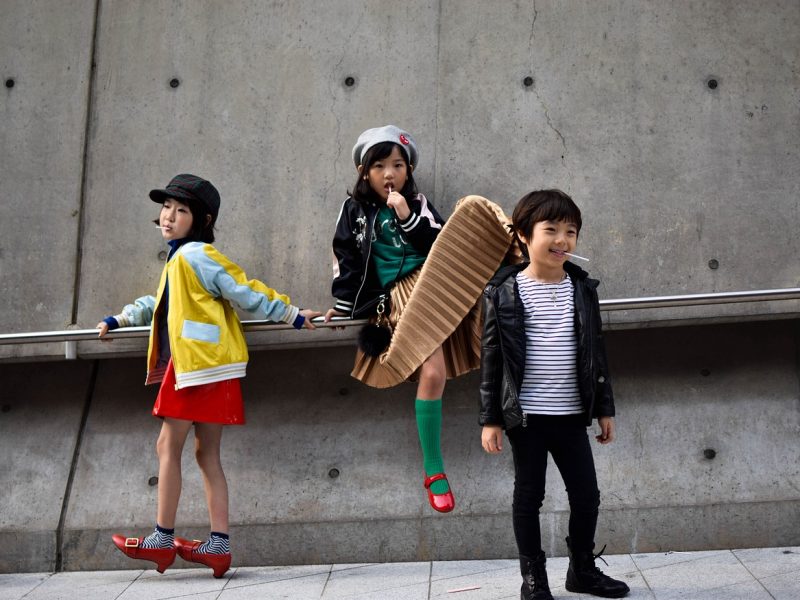
Designers
The early designers also created fashions for the aristocracy. Some of these designers included Charles Frederick Worth, who was the first designer to create his own label.

James Galanos
Other designers include James Galanos, who created luxurious ready-to-wear. The designers were also known for their innovative use of color.

Designed
Other designers also designed clothing for the space age. Fashions inspired by the hippie movement were also popular.



